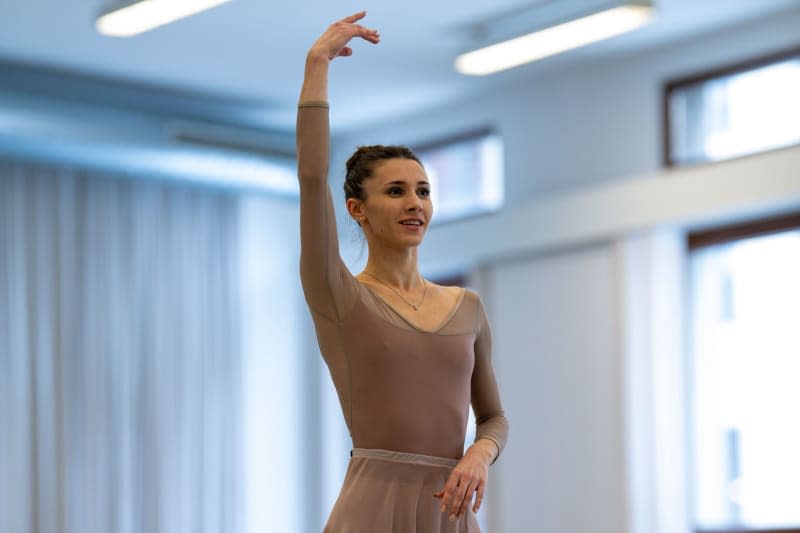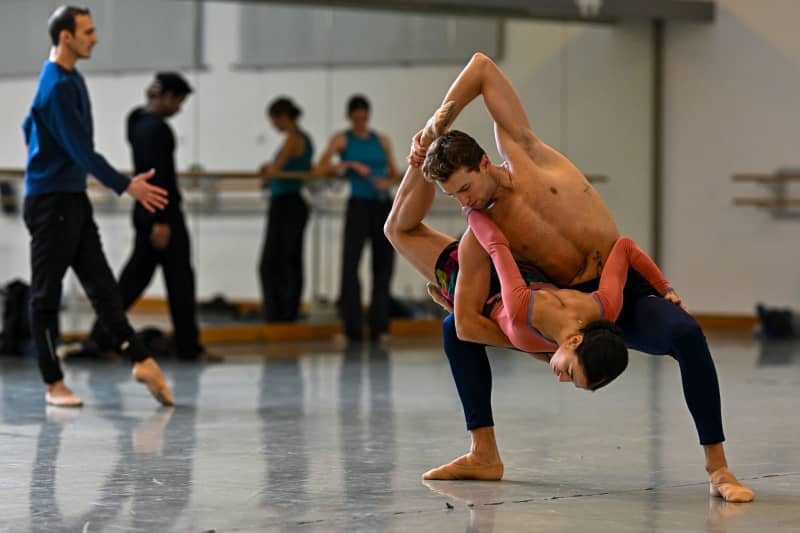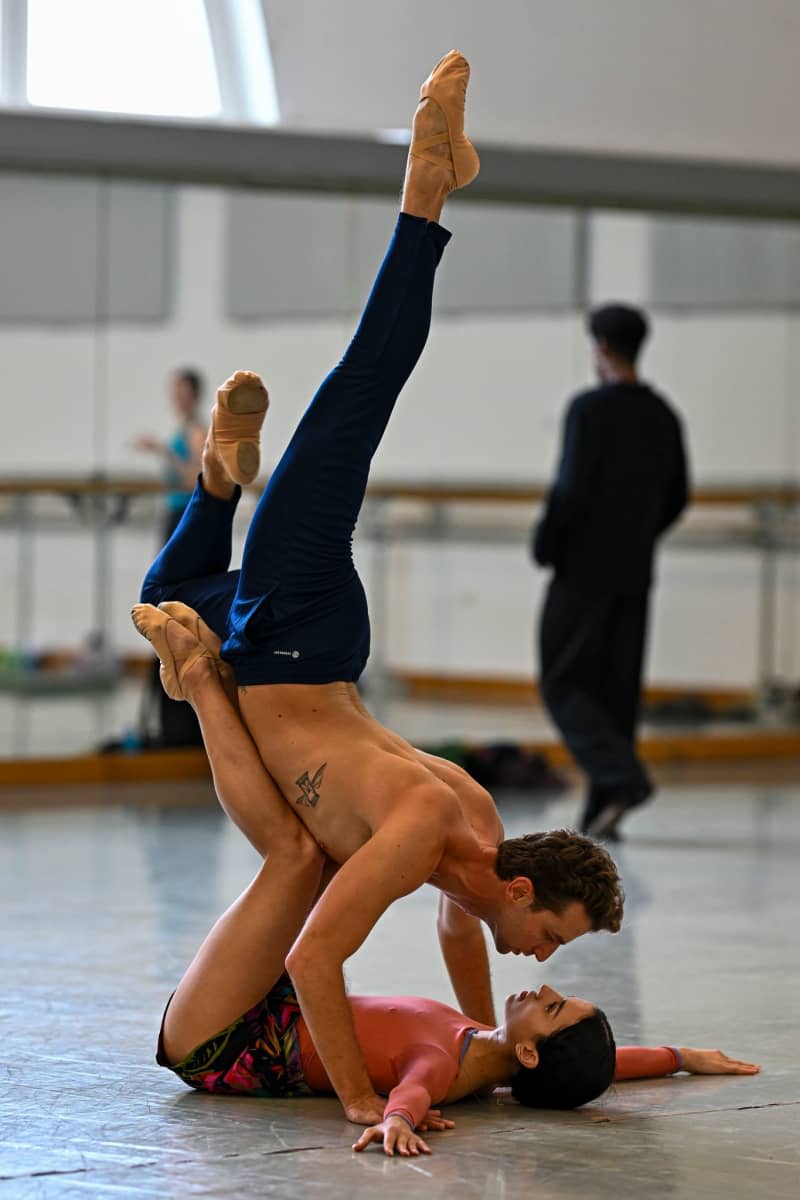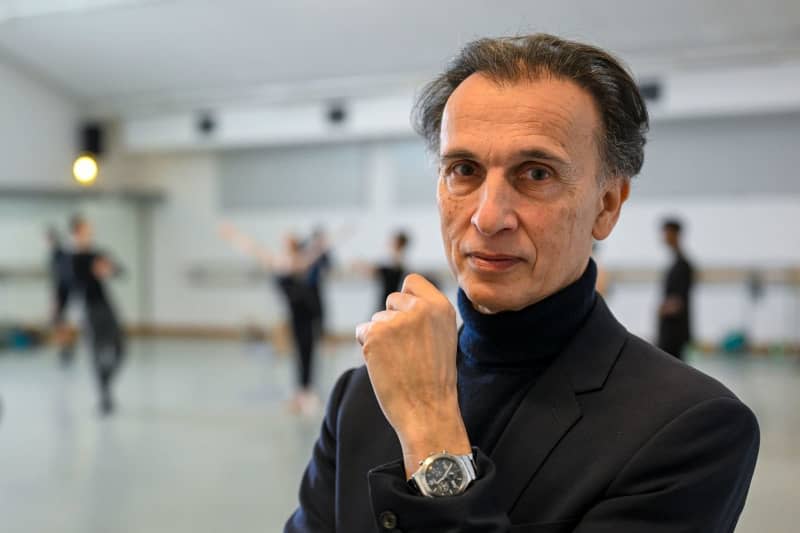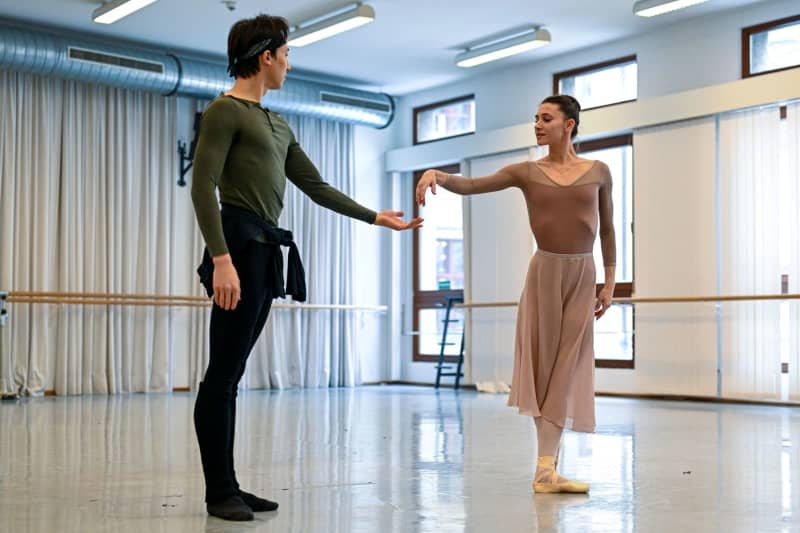The ballet world is in transition - are dancers artists or athletes?
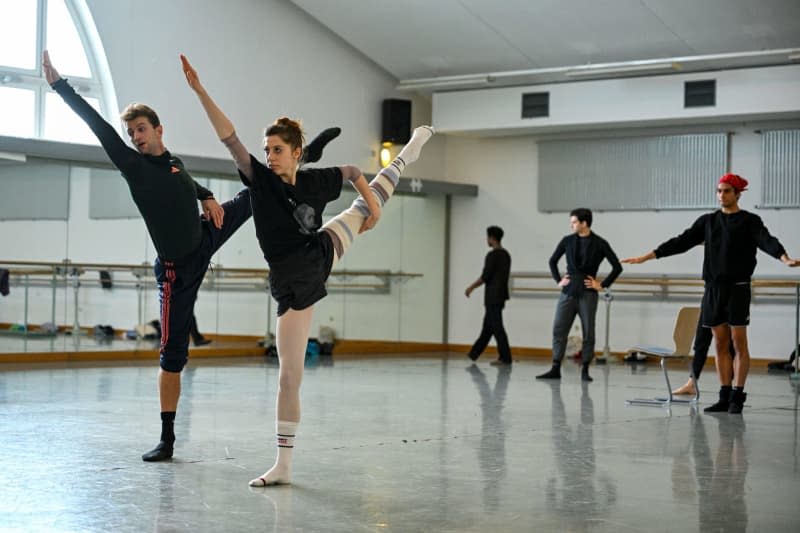
At first glance, slender women twirling gracefully in tutus to music appears so effortless but it is actually a grand symphony of sweat and hard work.
The ballet world is simultaneously imbued with magic and art but it is also associated with the pressure to perform and clichés.
One of these is that dancers are all anorexic, which Maria Baranova, prima ballerina of the Bavarian State Ballet in Munich, says is a stereotype.
Being thin is more a consequence of training, she says. Ballet is a competitive sport - in an artistic guise.
A normal working day for Baranova begins at 10 am and she dances until 6 pm.
"We are top athletes," she says. "Every performance is like an Olympics for us, we are pushing our boundaries every day."
The job is tough and requires a lot of discipline. "There's no easy way out. We are live on stage every time - you can't photoshop your result, everything is live," she says.
Laurent Hilaire, director of the Bavarian State Ballet, says dancers are athletes of the highest calibre who have honed their craft for decades.
Ballet companies are aware of the danger of eating disorders and even anorexia, Hilaire says. However, it is also an old-fashioned image which no longer exists in most companies, he adds, himself a former star dancer for the Paris Opera Ballet for about two decades.
"We talk about it, we are concerned about it. I am by no means calling for the type of anorexic dancer, nor do I support it," emphasizes the ballet director.
Ballet academies also focus on health programmes. The Munich University of Music and Theatre (HMTM), for example, has a lecturer in nutritional counselling.
Dorothy Meyer was appointed specifically for the dance degree programme. Unhealthy eating habits in the ballet world are widespread and normalized, she says. Dancers are three times more likely than the general population to develop an eating disorder.
"Studies show that young dancers generally only consume 70% of the recommended energy intake and have a below-average body weight and fat mass," Meyer says.
To prevent this, she offers workshops, cooking classes and individual counselling sessions at the university.
Twice a year, Meyer also provides students with nutritional recommendations and works with each student to develop a personalized nutrition plan that is tailored to their lifestyle.
There is also a set minimum weight at HMTM. "It is important that dancers recognize that they are both artists and athletes. Without the right nutrition, performance suffers," says Meyer.
Prima ballerina Baranova also supports maintaining a healthy diet. She jokes, "You can't eat air - your body can't function without fuel."
If you want to dance, you have to start early. Baranova says she began dancing at the age of three. By the age of 12 or 13, children are already training every day and doing a lot of physical work.
"At some point, it becomes the norm. You get used to it. It's the normal path, because the body has to withstand the pressure. And ballet becomes your identity," says Baranova, describing her experiences.
However, the changes happening in the ballet world do not just relate to physical ideals. The standard has risen in the past 50 years and the dance techniques are different, says ballet director Hilaire.
Ballet has become much more athletic and involves even more physical labour - it has become a high-performance sport.
"It's a competitive field. On the sporting side, everyone tries to achieve the highest performance," says Baranova, for whom her profession is more than just a competition. "You are a storyteller."
Hilaire also agrees. "Classical ballet in its entire repertoire tells stories of love, hate, infidelity and much more - in my opinion, it's about life. That's the reason why classical ballet remains relevant."
It is clear the amount of training, focus and discipline ballet dancers need to make their pirouettes and grand jetés look effortless and graceful.
"Most injuries start in your mind and then the body reacts. To perform, your body and mind have to be completely connected," says Baranova.
She adds, "The most wonderful moment is when you connect with your partner when you're live on stage. It's magical."
